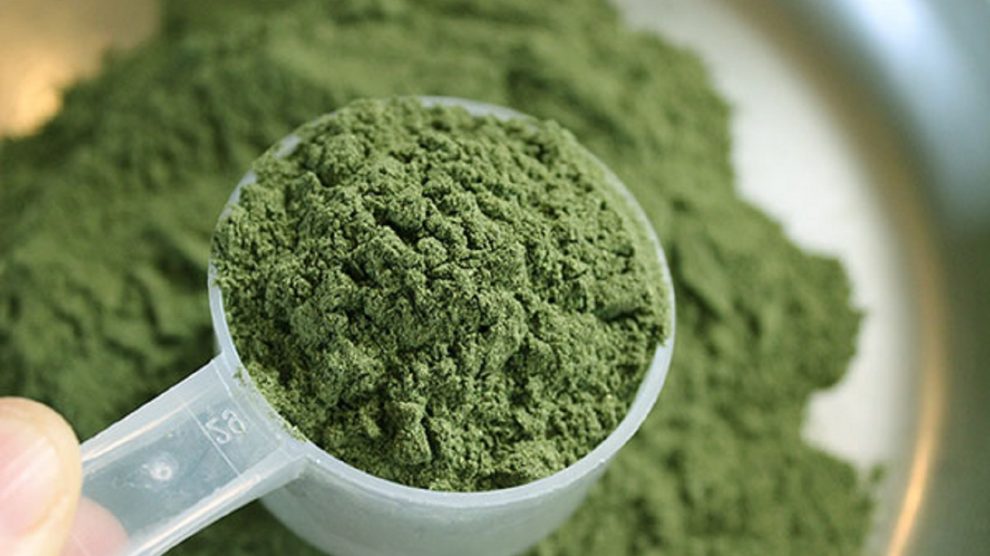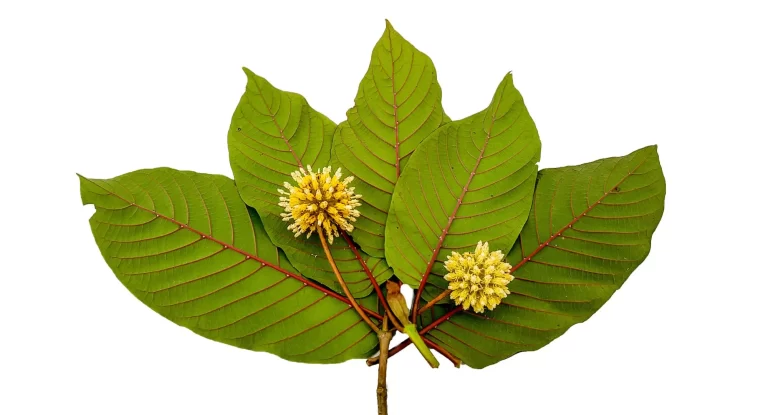
At least 25 alkaloids have been isolated from Kratom leaves. Three of these compounds directly activate opiate receptors. Mitragynine (MG), the dominant indole alkaloid found in Kratom, is responsible for much of Kratom’s analgesic activity. MG’s painkilling potency is equal to codeine. Japanese researchers reported in 2004 that MG accounted for 66 percent of a crude Kratom extract and six percent of plant material by dry weight.
Much like aspirin, Kratom produces an anti-inflammatory effect by suppressing prostaglandin production in the COX-2 pathway. Cannabidiol (CBD), a potent anti-inflammatory, works through similar channels. Could Kratom be the CBD of the opiate world?
As to its Toxicology, although MG activates mu-opioid receptors, human Kratom ingestion is not associated with respiratory depression, pulmonary edema, coma or death. Kratom has been consumed as a beverage for centuries in the South Pacific seemingly without adverse consequences. Data from animal studies involving different dosage regimens is reassuring and calls into question the DEA’s recent decision to ban Kratom.




